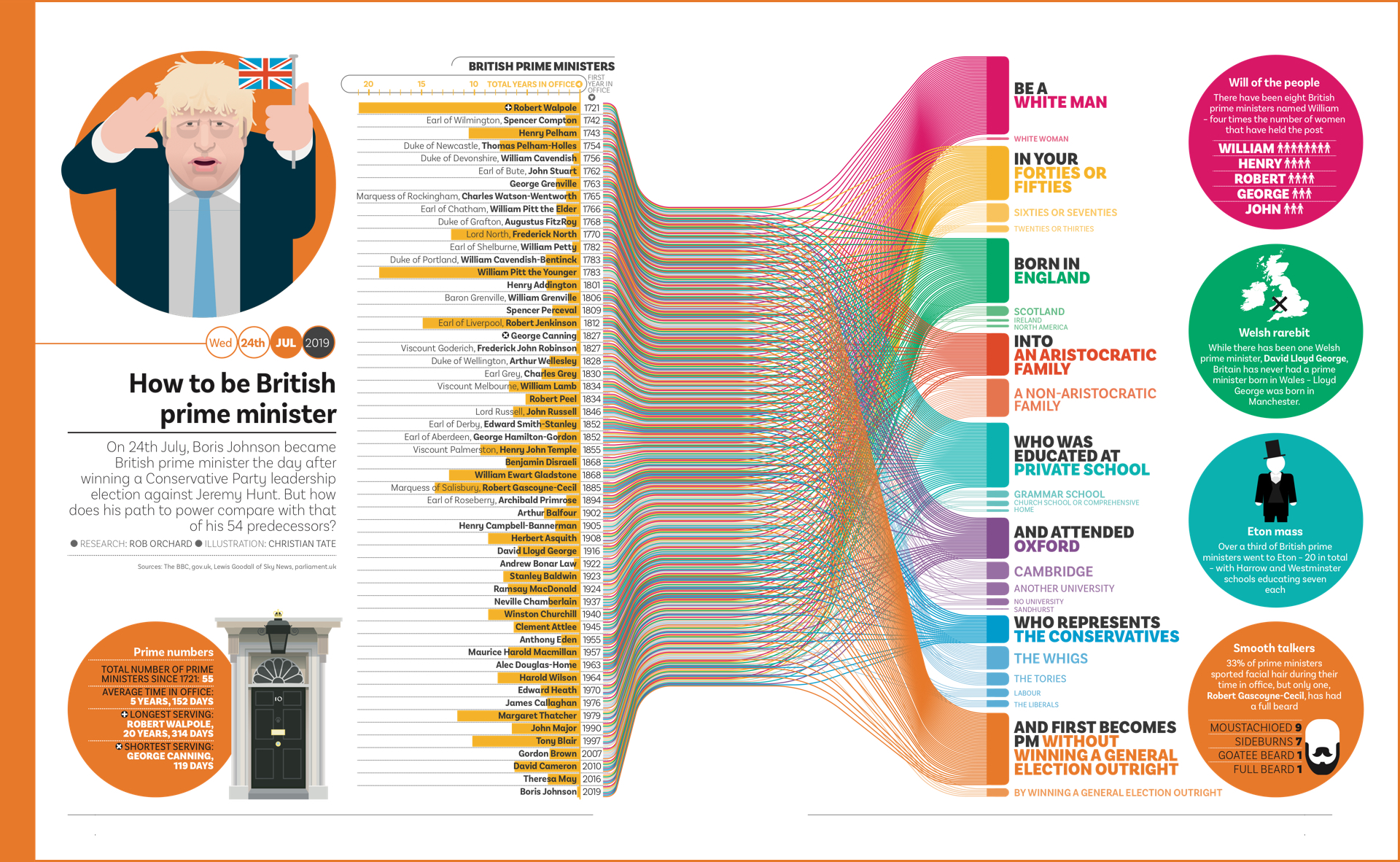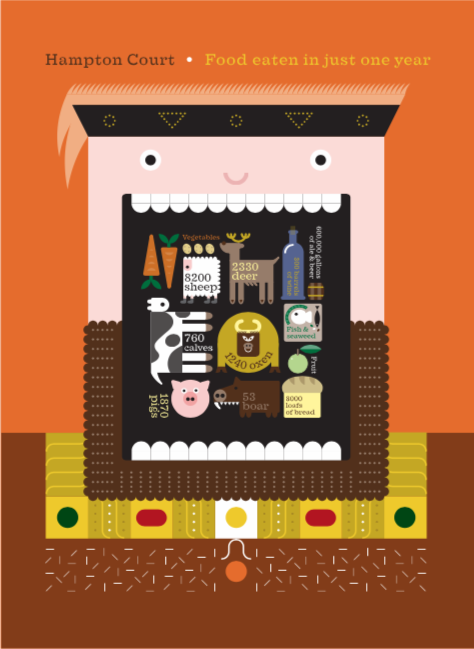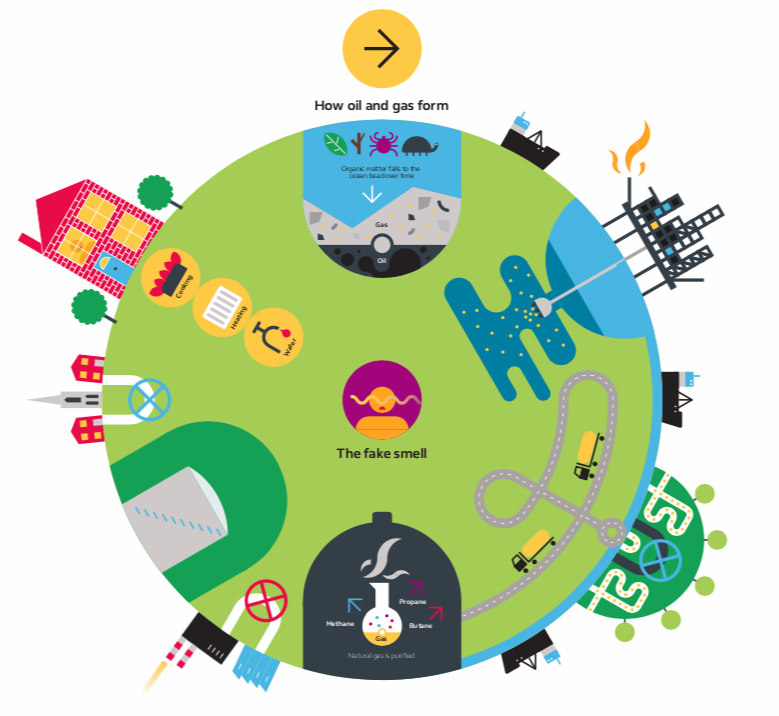Varoom 41: Cutting Through
Visualising complicated information is a skill, but also a creative practice. In this excerpt from Varoom 41, Derek Brazell talks to Grundini and Delayed Gratification magazine to see how information graphics can help us understand the world around us.
Huge amounts of data on every aspect of our society and personal lives is being collected every second, and a vast volume of facts and figures is available to us. But for our busy minds it can be hard to follow, and so we can (and often do) choose not to take it all in. Nevertheless, we want to know how our intricate world works, to be illuminated by current affairs and historical facts and in an era of fake news, to understand what numbers and statistics really stand for. This is where someone else distilling information visually can step in.

Data can be presented in a myriad of ways, and these concise images present only the essential information – “The tip of the iceberg is the image – the bit you see above water,” explains Peter Grundy (aka Grundini), but each one is the result of painstaking analysis of a subject.

Grundini has been creating infographics since the late 1970s and he reveals his approach in issue 41 alongside the art director and editors of Delayed Gratification, the ‘slow journalism’ magazine, who design infographics for short, snappy pieces and to support more complex, challenging longform articles.
Varoom: What are the important elements of an infographic, and how does research come in?
Grundini: The important part of any project is the idea. Most people see the picture, but the true essence is the idea.
Clients often supply the content reference. My knowing as little as possible about the topic is helpful as I then design from the standpoint of the audience. Being an expert means you assume people know more than they do. So I’m often simplifying vast amounts of information down to the level of what need to be explained to the audience.

Christian Tate, Delayed Gratification Art Director
Varoom: How did you learn to construct effective infographics?
Christian Tate: To an extent I was drawn to infographics out of necessity. When we launched Delayed Gratification we felt it was important to find innovative ways to present news stories and in infographics I saw an opportunity to do something visual and creative while including lots of data. I learned to construct them more effectively through making mistakes. The key is to not overcomplicate things, to know what to leave out.

To read all of Cutting Through get Varoom 41
Back to News Page
